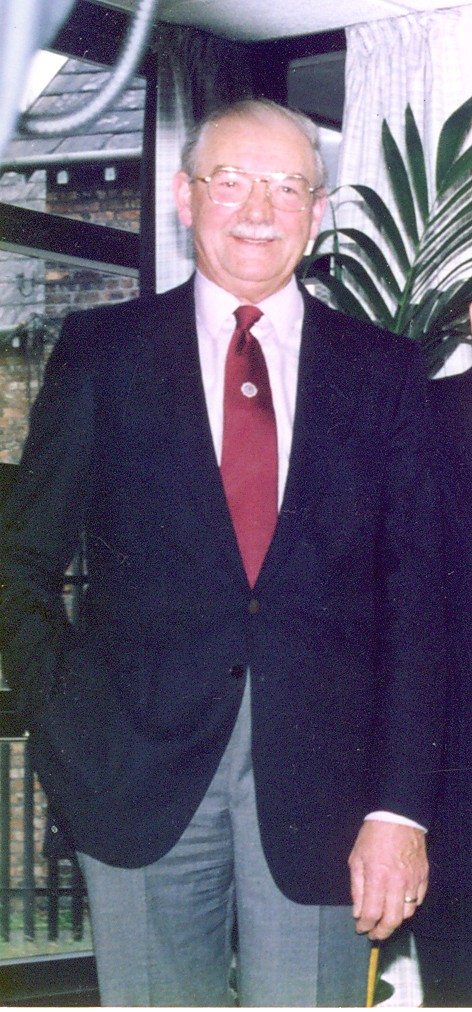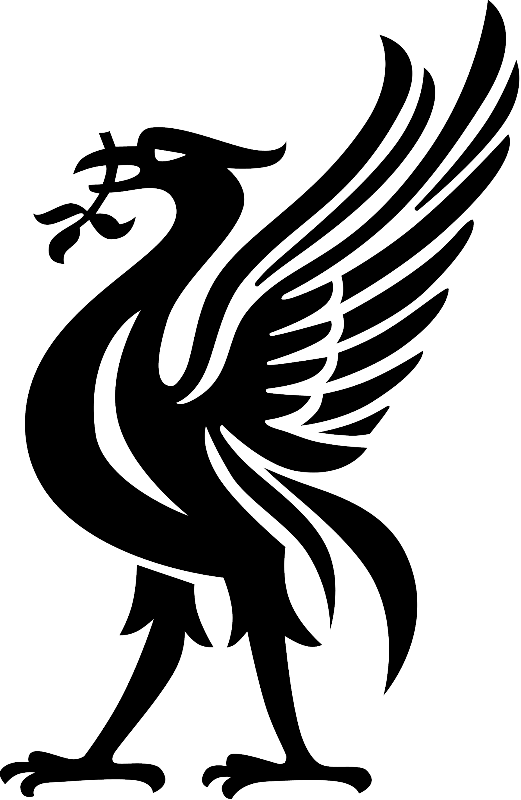Memories of bells, orange beacons and the horse that ran away.
This is an extract from the on call Newsletter August 1985

Tom developed his interest in Ambulance work during the war when he served with the parachute Field Ambulance Unit of the 6th Airborne Division, ferrying casualties back from the war zones on RASC jeeps on stretchers strapped to the back and front of the vehicle. He was parachuted or landed on gliders in battle zones, including Normandy and the Rhine and by land and sea to the Ardennes campaign. He finished his service in Palestine.
When he joined in 1949 at Bootle he drove vehicles which had been used by private services and the infectious disease service, primitive in today’s terms, with the driver or attendant holding a finger on a button to sound the front bell.
Patients were carried downstairs on canvas sheets with handles, and canvas stretchers were lifted onto trays in the vehicles. Maintenance was such that one of the rear doors of a big Bedford used to fly open and bowled over two cyclists, luckily without serious injury.
Tom has various anecdotes from the old days. He remembers a runaway horse which in its panic ended with its head and front legs inside the back on ambulance parked with its doors open outside a hospital. Fortunately the two patients inside were well to the front and unharmed, the horse was unhurt and the authorities had to claim for damage by horse to the ambulance.
On a call to a “collapse” case at the docks Tom found the man’s weight rather more than his heavy overcoat would account for; on examination on the way to hospital, his pockets were found to be full of loot stolen from the docks; six pounds of sugar, a leg of pork, several tins etc. his rapid progress through casualty was in direct relationship to the fact that he had used the ambulance service to get him out of the docks with his pockets full. For the record; all stolen property was retained (your honour).
Tom also remembers a Docker who was rescued from an icy dock by a workmate on a Saturday morning. Whilst Tom and his colleagues were treating the man for a head injury at the Dockside they told him he would probably be in hospital for a couple of days. “Oh no” he protested “that means I will miss Liverpool this afternoon”. To which his rescuer retorted “If I had known you were a Liverpool supported I would have left you in the dock”
In a long career Tom received several commendations. One was for work on a train vehicle crash on the old dock railway; another for evacuating people from flats following an explosion in Bootle.
He has held responsibility for ambulance operations at Aintree Racecourse since reorganisation of the service in 1974.
Tom was made Divisional Officer of the Bootle Service in 1966 and on reorganisation became Divisional Officer for the North, which later absorbed Eastern Stations, and has remained in that post since. He has been a member for many years of the Ambulance Service Institute and of the Association of Chief Ambulance Officers.
He has been actively involved in training, originally as a Civil Defence Instructor in ambulance aid and in the 1950’s received his Instructors Certificate at Bristol. He was a founder member of the Institute of Ambulance Instructors and proudly was one of the first members to receive a Special Instructors Certificate.
